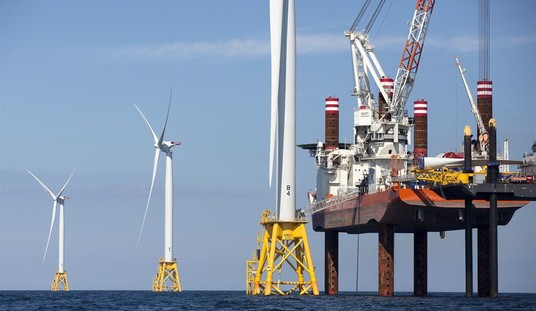Since we’ll be waiting around for the returns from the New Hampshire primary until well into the evening it’s probably worth looking at this demographic analysis of the state from the Associated Press. They’ve done some excellent digging into the most recent annual census data and found that many of the traditional assumptions about Granite State residents as an older, more conservative group of voters no longer hold true and these changes will probably be reflected in tonight’s results. The state has been experiencing an influx of younger voters along with many new imports from other states, even as long time residents move away.
New Hampshire has been holding the first-in-the-nation presidential primary for 100 years, but a significant number of Tuesday’s ballots could be cast by newcomers to that storied tradition.
New Hampshire has one of the nation’s lowest percentages of native-born residents, with only a third of those age 25 and older having been born in the state. And one-fifth of the state’s potential voters either resided somewhere else four years ago or were not old enough to vote, according to a recent analysis of demographic trends by the University of New Hampshire.
Those shifts challenge some of the presumptions about New Hampshire voters and could affect Tuesday’s results, given that surveys suggest the newcomers and young voters are less conservative than the established residents.
So where specifically are these shifts coming from? For starters, more than 70,000 people turned 18 since the last presidential election. At the same time, nearly 50,000 primarily older voters passed away. During the same four year period, 160,000 new adults moved to New Hampshire while 150,000 moved out. And a lot of the newcomers moved there from neighboring Massachusetts, so they’re skewing the voter pool in a more liberal direction. The same is generally true for the majority of the new 18 to 21 aged voters.
But the fly in the ointment for Democrats is the fact that those 21 and younger residents don’t seem enthused about voting. Only 61% of them have registered to vote at this point, as compared to nearly 85% of the older, long-time residents. If they can’t get the youth vote to even register, to say nothing of turn out, the state may not be turning bright blue any time in the near future.
These factors probably leave most of us with one glaring question. If so many of the new imports are from Massachusetts and the electorate is skewing younger and more liberal, why isn’t Elizabeth Warren doing better? You’d think she would be primed for a first-place finish in New Hampshire more than any other early state, but the polls simply haven’t shown that. In fact, she’s been sinking recently.
Meanwhile, Trump came blasting into the state to disrupt the Democrats’ party yesterday. And the AP notes that this is typical Trump style.
President Donald Trump was looking to get under Democrats’ skin Monday with a rally in New Hampshire on the eve of the state’s first-in-the-nation primaries. He also aimed to put on a show of force foreshadowing GOP strength in November’s general election.
Trump, on a high after his acquittal last week on impeachment charges, couldn’t resist taking a dig at the Democrats for lingering uncertainty over the outcome of the party’s kickoff caucuses last week in Iowa, where the results are still under dispute.
This has been true of Donald Trump since he first launched his campaign in 2015. Whenever his opponents have something going on, he loves staging a huge rally at the same time to dilute their media coverage keep the cameras focused on him. Does that strategy really work?
Well… we are referring to him as “President Trump” after all.







Join the conversation as a VIP Member